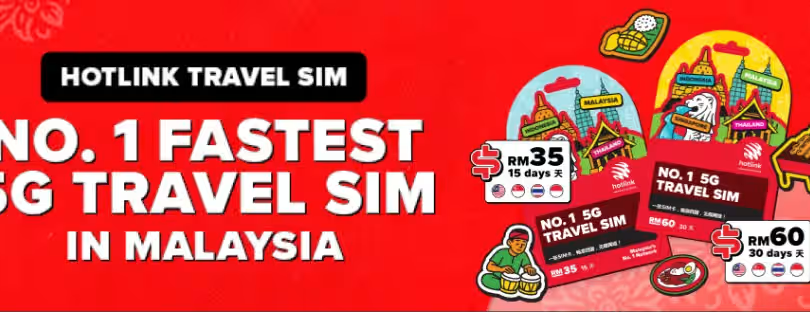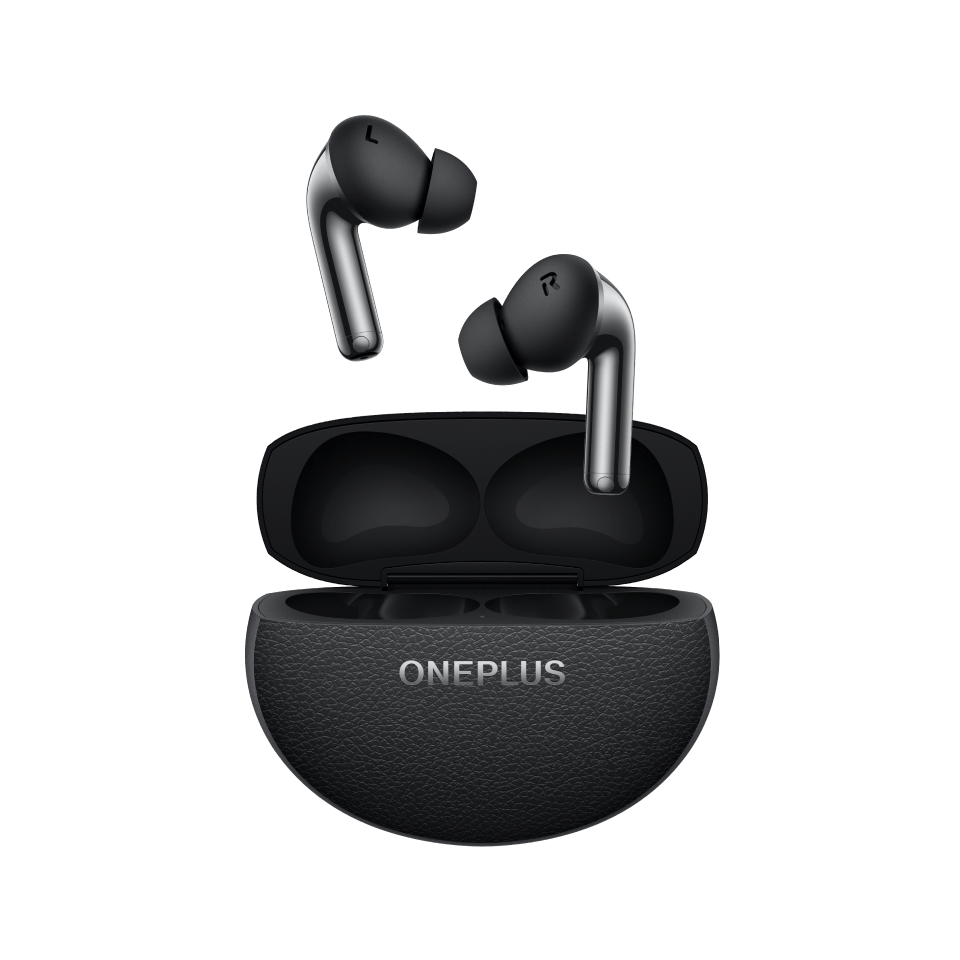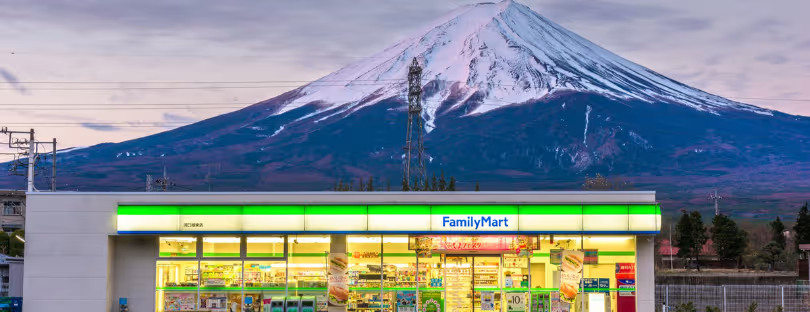
Hotlink Upgrades Travel SIM with Full-Speed Data and eSIM
If you’re planning a trip across Malaysia, Singapore, Thailand, or Indonesia, Hotlink just made staying connected a whole lot easier. The company has upgraded its Hotlink Travel SIM by removing the old 12Mbps speed cap and unlocking full-speed, unlimited data across all four countries. For travellers who rely heavily on maps, ride-hailing apps, streaming, remote work tools, or social media uploads, this is a meaningful leap forward. Many tourist SIMs across the region still throttle speeds once heavy usage kicks in, so this is a welcome move for anyone who spends more than a few days on the road.
There’s another update that feels long overdue: the Travel SIM RM35 is now available as an eSIM. Instead of dealing with kiosks or swapping physical cards, travellers can activate the plan instantly through the Hotlink app. The shift toward eSIMs is clearly shaping how mobile operators redesign their tourist offerings, and Hotlink’s move reflects the growing expectation that everything should be digital-first, especially for travellers who are constantly moving.
What’s new with the Hotlink Travel SIM packages?
Hotlink kept its two familiar packages – RM35 for 15 days and RM60 for 30 days – but both now include uncapped speeds, access to 5G networks where available, and large data fair usage limits. The specifics are straightforward while still offering solid value.
Hotlink Travel SIM RM35 (15 days)
Now available as an eSIM
Unlimited-speed internet in Malaysia, Singapore, Thailand, and Indonesia
Unlimited calls within Malaysia
100GB Fair Usage Policy (FUP)
Hotlink Travel SIM RM60 (30 days)
Unlimited-speed internet in Malaysia, Singapore, Thailand, and Indonesia
Unlimited calls within Malaysia
200GB Fair Usage Policy (FUP)
Available at Maxis Centres in KLIA Terminal 1 and 2, Langkawi International Airport, Penang International Airport, and selected tourist hubs
Both plans essentially act as a compact Southeast Asia travel connectivity pass. For anyone hopping between Kuala Lumpur, Singapore, Bangkok, Phuket, Bali, or Jakarta, it removes the hassle of buying separate packages in each country while keeping costs predictable.
Why this upgrade matters for travellers
The removal of the speed cap is the change most travellers will notice immediately. Before, 12Mbps was enough for basic browsing but not ideal for remote work, video streaming, or uploading large files. Travellers today expect a SIM or eSIM to handle Zoom calls, cloud backups, and social media content creation as seamlessly as their home network. By unlocking full-speed data, Hotlink brings its Travel SIM closer to global eSIM providers that have built their value proposition around fast, unthrottled 5G.
Making the RM35 plan available as an eSIM also moves Hotlink in the right direction. Travellers prefer instant activation, no airport queues, the ability to juggle multiple plans, and control everything from an app. Digital-first companies like Airhub, Airalo, Nomad, Holafly, and Yesim have set the standard, and telcos across Asia are adapting fast to meet rising traveller expectations.
And then there’s the regional coverage. Malaysia, Singapore, Thailand, and Indonesia form a high-traffic travel corridor for both business and leisure. Having a single SIM or eSIM that roams affordably across these four destinations makes multi-country trips dramatically more convenient.
How Hotlink compares in the current market
Across Southeast Asia, several operators have updated their tourist packages to remain competitive. AIS in Thailand promotes large-FUP 5G tourist SIMs; Singtel and StarHub in Singapore offer regional SIMs covering up to 14 countries; and Telkomsel in Indonesia bundles ASEAN roaming into some visitor plans. The general trend is clear: telcos are transforming tourist SIMs into premium connectivity products rather than treating them as small add-ons.
Meanwhile, global eSIM brands continue to scale. Yesim, Airhub, Airalo, GigSky, and Nomad deliver effortless activation and coverage in dozens of countries, appealing especially to digital nomads and frequent travellers. Their weakness often lies in pricing and smaller FUPs compared to local telco packages. This is where Hotlink’s new lineup becomes interesting: it blends the affordability of a local SIM with the convenience and flexibility expected from a modern eSIM experience.
The data allowances are a major differentiator as well. While many tourist SIMs around the world offer 5–20GB before throttling, Hotlink provides 100GB or 200GB at full speed. Reports from GSMA Intelligence and Opensignal repeatedly confirm that Malaysia, Thailand, and Indonesia are among the most affordable mobile data markets globally. Hotlink’s new Travel SIM sits comfortably within that trend, offering high-speed connectivity at some of the most competitive prices in Asia.
Conclusion Hotlink’s upgrade reflects a major shift in what travellers now expect from mobile operators
Hotlink’s decision to lift speed caps and introduce an eSIM version of the RM35 package is more than a simple refresh; it’s a strategic response to a rapidly evolving market. Travellers are demanding full-speed data, quick activation, and multi-country usability, and Hotlink’s new Travel SIM lineup aligns with these expectations far better than before.
With uncapped speeds, generous FUP limits, and coverage across four of Southeast Asia’s most visited destinations, Hotlink is positioning itself as a serious regional competitor. This move places it alongside progressive operators such as AIS and Singtel while also challenging global eSIM players who have shaped modern travel connectivity. If more telcos follow this direction, Southeast Asia will soon become one of the world’s most competitive regions for travellers seeking fast, flexible, and affordable mobile data—and Hotlink’s upgraded Travel SIM is well-positioned to benefit from that momentum.











